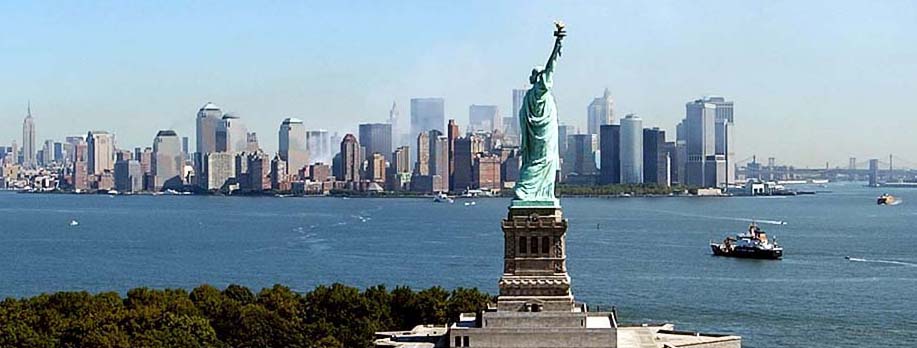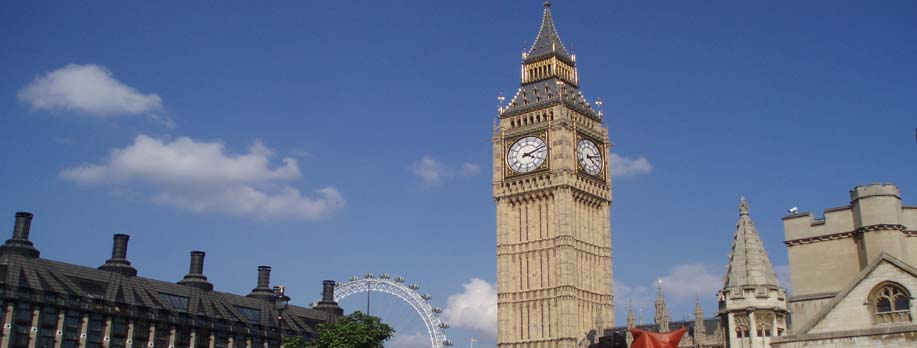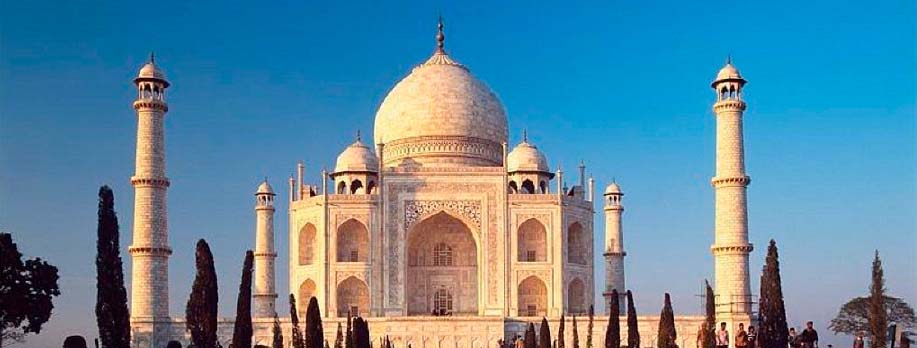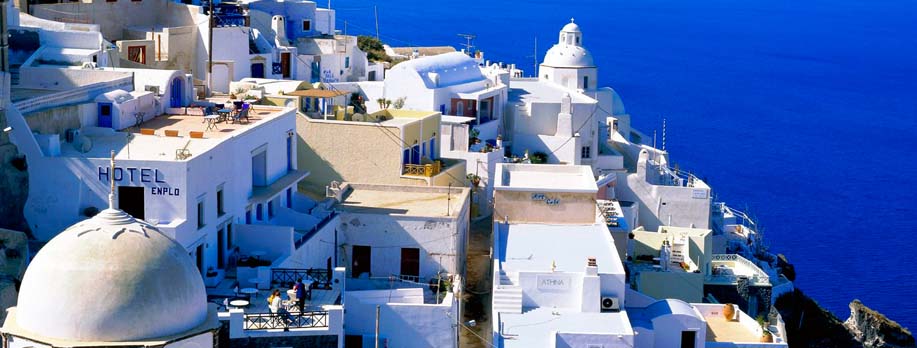| General Information Of Khajuraho | |
|
 |
| Introduction to city Khajuraho - In Madhya Pradesh |
| Khajuraho, which has lent its name to a complex of exquisite Hindu and Jain temples, is a small town located amidst the forested plains of Bundelkhand in north-central Madhya Pradesh. The beautiful temples that dot Khajuraho are believed to have been built by the mighty Chandela rulers in the 9th and 10th century AD. The engravings on these temples are highly sensual and erotic that depict in graceful forms intimate scenes of the whole range of human emotions and relationships. These sculptures congeal in stone a lyrical paean to love and passion and reflect the Chandela dynasty/’s immense appreciation for art. Architecturally, the temples are built in the north Indian Nagara style. The sculptor/’s fine skill and a sense of imagination have given form to human emotion in the form of spiritual and physical love. Every façade—wall, window, pillar, and ceiling—is carved with figures of mythical and historical origins, and while many of these depict full-breasted, girdle-waisted women in forms of innocent play, they also depict carnal love. In all 85 temples were built in Khajuraho, but only 22 are left to speak of the grandeur of conception of the rulers and architects of the day. The basic ground plan of the temples of Khajuraho is almost a textbook example of Hindu temple architecture consisting of four compartments: an entrance porch (ardhamandap), the vestibule (antarala) and the sanctum sanctorum (garbhagriha). In some of the large temples an extra mandap with lateral transepts is added for size and splendour, converting it into a large assembly hall. The temples rest on a risen open platform, a distinctive feature of the Khajuraho temples, with subsidiary shrines at the four corners of the platform in the bigger temples. |
| Sightseeing : Places to visit in destination - Khajuraho |
| Khajuraho combines history, architecture, culture and environment with delectable charm. It is a town that takes you away from the noise and pollution of the city, with its fresh air and scenic countryside. For convenience, the temples of Khajuraho are divided into the Western, Eastern, and Southern groups. The Western Group, situated opposite the Government of India Tourist Office, has 14 temples. The Chaunsath Yogini, Lalguan Mahadev, Parvati, Varaha, Matangesvara, Lakshmana, Vishvanath and Nandi, Chitragupta, Devi Jagdamba and Kandariya Mahadeo temples belong to this group. The Eastern Group, 2.4 km from the Tourist Office, consists of seven temples (four Jain and three Hindu). The Parsvanath, Adinath, Shantinath, and Ghantai temples belong to the Jains while the Vamana, Javari and Brahma are Hindu temples. The Southern Group, about 5 km from Khajuraho, contains the Chaturbhuj and Duladeo temples. |
| Excursions : Places nearby city - Khajuraho |
| Even though Khajuraho’s temples are its biggest attraction, there are other interesting sights in its vicinity which can be visited on a daylong trip. There is the Ken Gharial Sanctuary, 120 km away, which is rough and wild, with its gorges, rocks and the lovely Ken River. The Panna National Park, 40 km from Khajuraho, is home to a variety of wildlife. The Dhubela Museum (64 km), on the Jhansi-Khajuraho road, houses the weapons, paintings, and sculptures of the Bundela kings as well as a wide variety of sculptures of the Shakti cult. The Pandav Falls, Raigarh Palace, Bandhavgarh, and Ajaygarh Fort are other important places worth visiting. |
Khajuraho City Travel Guide |
Sight Seeing of Khajuraho |
Excursion in Khajuraho
Khajuraho Hotels










